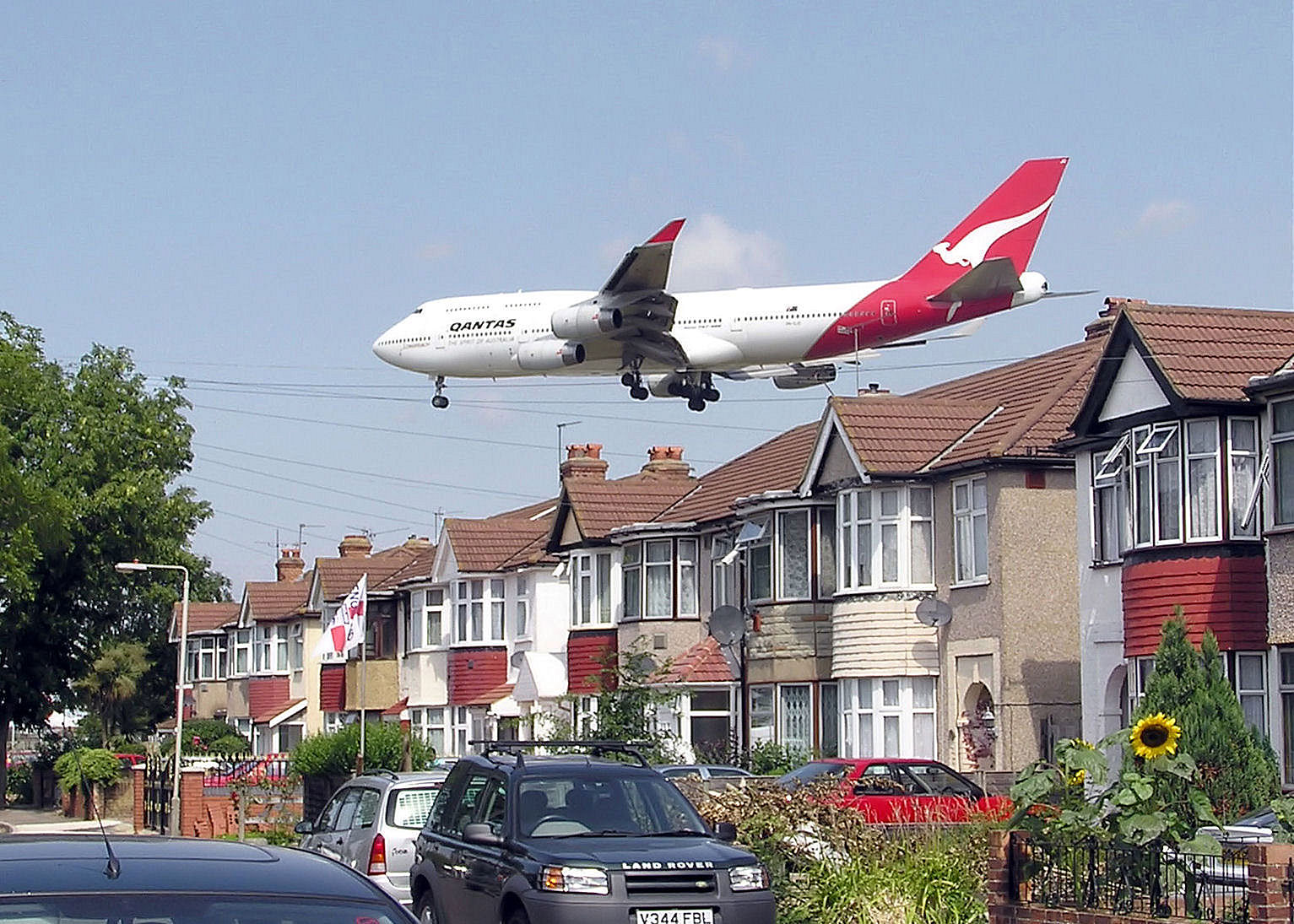
Noise pollution
Noise pollution, or sound pollution, is the propagation of noise or sound with ranging impacts on the activity of human or animal life, most of which are harmful to a degree. The source of outdoor noise worldwide is mainly caused by machines, transport and propagation systems.[1][2][3] Poor urban planning may give rise to noise disintegration or pollution, side-by-side industrial and residential buildings can result in noise pollution in the residential areas. Some of the main sources of noise in residential areas include loud music, transportation (traffic, rail, airplanes, etc.), lawn care maintenance, construction, electrical generators, wind turbines, explosions and people.
Documented problems associated with noise in urban environments go back as far as ancient Rome.[4] Research suggests that noise pollution in the United States is the highest in low-income and racial minority neighborhoods,[5] and noise pollution associated with household electricity generators is an emerging environmental degradation in many developing nations.[6]
High noise levels can contribute to cardiovascular effects in humans and an increased incidence of coronary artery disease.[7][8] In animals, noise can increase the risk of death by altering predator or prey detection and avoidance, interfere with reproduction and navigation, and contribute to permanent hearing loss.[9] A substantial amount of the noise that humans produce occurs in the ocean. Up until recently, most research on noise impacts has been focused on marine mammals, and to a lesser degree, fish.[10][11] In the past few years, scientists have shifted to conducting studies on invertebrates and their responses to anthropogenic sounds in the marine environment. This research is essential, especially considering that invertebrates make up 75% of marine species, and thus compose a large percentage of ocean food webs.[11] Of the studies that have been conducted, a sizable variety in families of invertebrates have been represented in the research. A variation in the complexity of their sensory systems exists, which allows scientists to study a range of characteristics and develop a better understanding of anthropogenic noise impacts on living organisms.
Because the local civic noise environment can impact the perceived value of real estate, often the largest equity held by a home owner, personal stakes in the noise environment and the civic politics surrounding the noise environment can run extremely high.